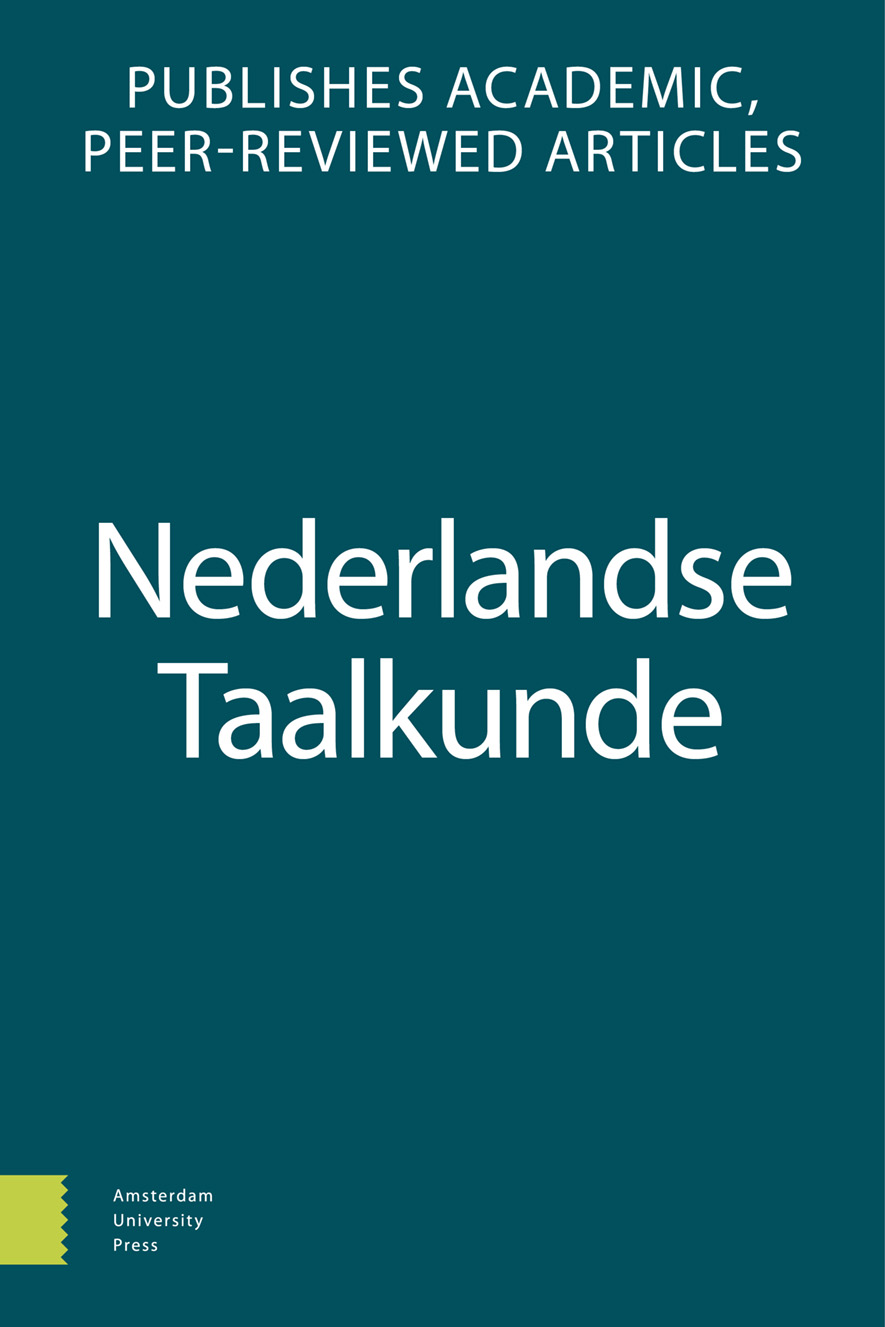-
oa Emancipatie van affixen en affixoïden
Degrammaticalisatie of lexicalisatie?
- Amsterdam University Press
- Source: Nederlandse Taalkunde, Volume 20, Issue 1, Jan 2015, p. 109 - 148
Abstract
Emancipation of affixes and affixoids: degrammaticalization or lexicalization?
Dutch is particularly rich in derivational morphology. It features a range of productive affixes and affixoids (morphemes which have a specialized meaning when used in compounds). In this paper we review different processes of emancipation (debonding) of both affixes and affixoids. Using a predefined set of criteria, based in part on Lehmann’s parameters of grammaticalization, we outline morphological, syntactic and semantic characteristics of different affixes and affixoids that have undergone varying degrees of emancipation. The analysis shows that these parameters may be set differently in different morphological constructions, and also that they interact with one another in intricate ways. Some bound morphemes can only take scope over a phrase, whereas others come to be used as a free morpheme, which implies morphosyntactic changes as well as a change in semantics, e.g. hyperonymy or specialization. From the qualitative analysis based on our criteria it emerges that debonding of derivational affixes and affixoids is neither degrammaticalization nor lexicalization, but rather a process sui generis.


